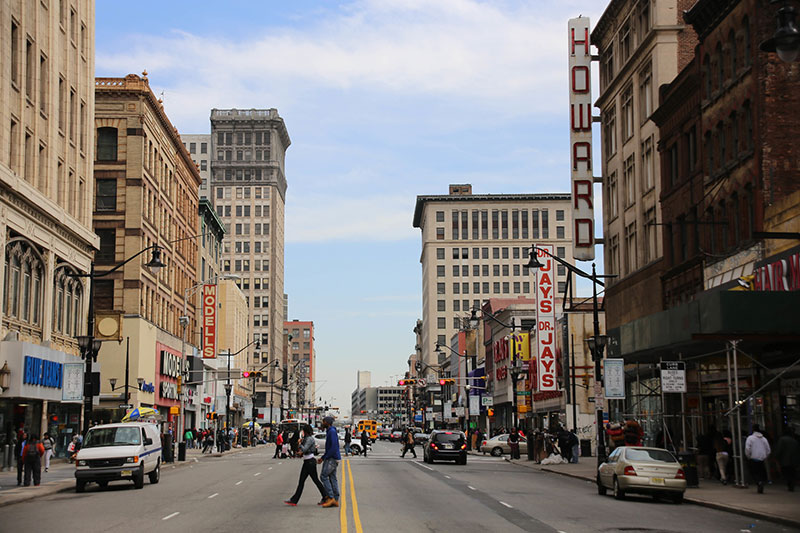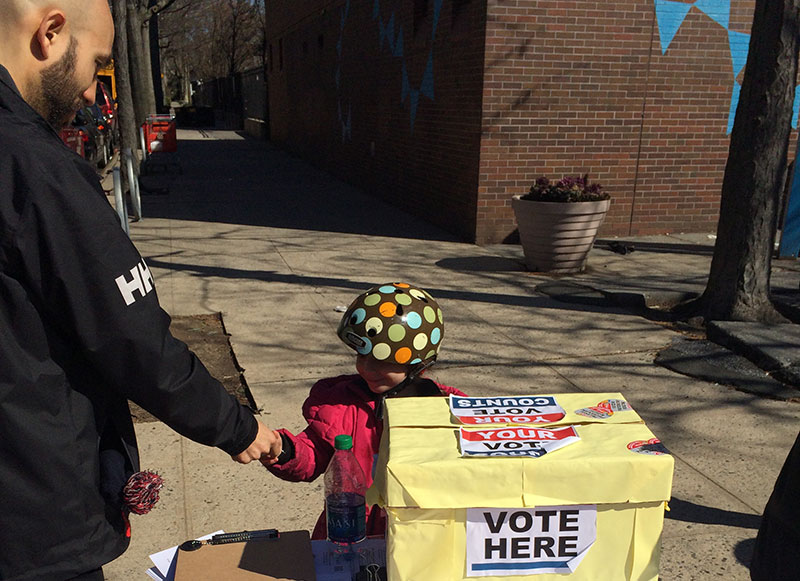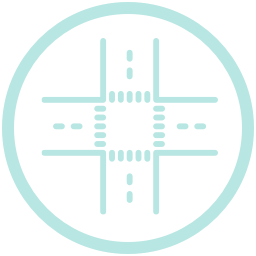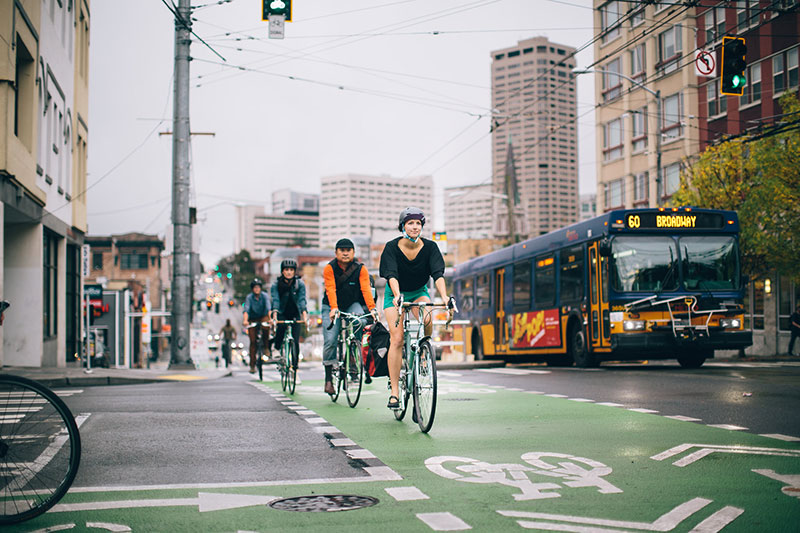PB can: improve streets & transportation
Issue
In an alarming trend, traffic deaths have been on the rise in New Jersey.5 In 2017, 624 people died in motor vehicle-related deaths—and the rate of death is highest among African Americans.6 We know that protecting the safety and well-being of all of our communities means investing in safe roads and transportation. PB processes in NJ and across the U.S. confirm this—given limited resources, community members often prioritize pedestrian safety projects, such as streetlights, sidewalks, and crosswalks.
From street improvements to major capital planning, PB is also a proven tool for making investments in streets and transportation more effective and equitable. PB can bring residents to the table who often don’t show up for transportation hearings, but who would disproportionately benefit from spending on active transportation, Vision Zero crash reduction initiatives, and transit access. And for elected officials and public works departments looking to create, implement, or build buy-in for complete streets plans, PB can give residents the opportunity to proactively invest in a more sustainable and equitable future, rather than maintaining patterns that contribute to congestion and crashes.
“People’s ability to transport themselves to where they need to go safely and efficiently is just a huge, massive challenge. My constituents are also constantly calling me about pedestrian safety.”

Add Your Voice
Click here to share your vision for PB in your community.
Impact
Here’s a scenario familiar to folks who have worked on major capital projects: you’re nearing the end of a years-long development timeline, and it’s time to bring the public in for feedback on the project’s design. But participants aren’t excited to share their opinions so late it in the game—it just feels like window dressing to them. What they really would have valued was to be asked whether the project should have happened to begin with—it turns out that there’s another project that would have had a more meaningful impact in their community.
PB is an established process for bringing communities into a process early (but not so early that participants won’t see progress). By inviting community members to be decision-makers in a budgeting process, they become partners in setting priorities and can help ensure that what gets built is what the community really needs.
“Public participation is not simply a polite gesture or requirement; it actually results in better outcomes and improved governance. Decisions more accurately reflect public interests and values, and the public will better understand issues and benefits.”

Get Resources
Click here for more resources on how PB can help your community.
Funding
PB has already been used to meet streets and transportation needs using these funding sources:
- Municipal funding
- Transportation planning grant funds
- Community Development Block Grant (CDBG) funds
It hasn’t happened yet (as far as we know), but there is strong potential for PB to be used with:
- Surface Transportation Block Grant (STBG) funds
- Regional transportation planning funds
- Complete streets program funds
- PILOT and Community Benefit Agreement funds
The Participatory Budgeting Project will follow up with more information on how PB can help solve the issues that matter most in your community.

